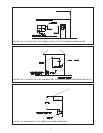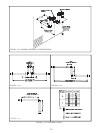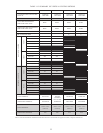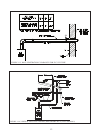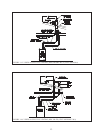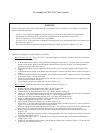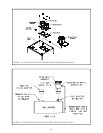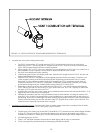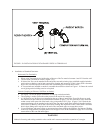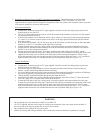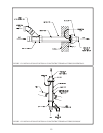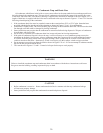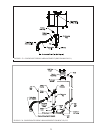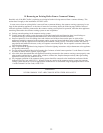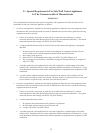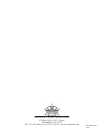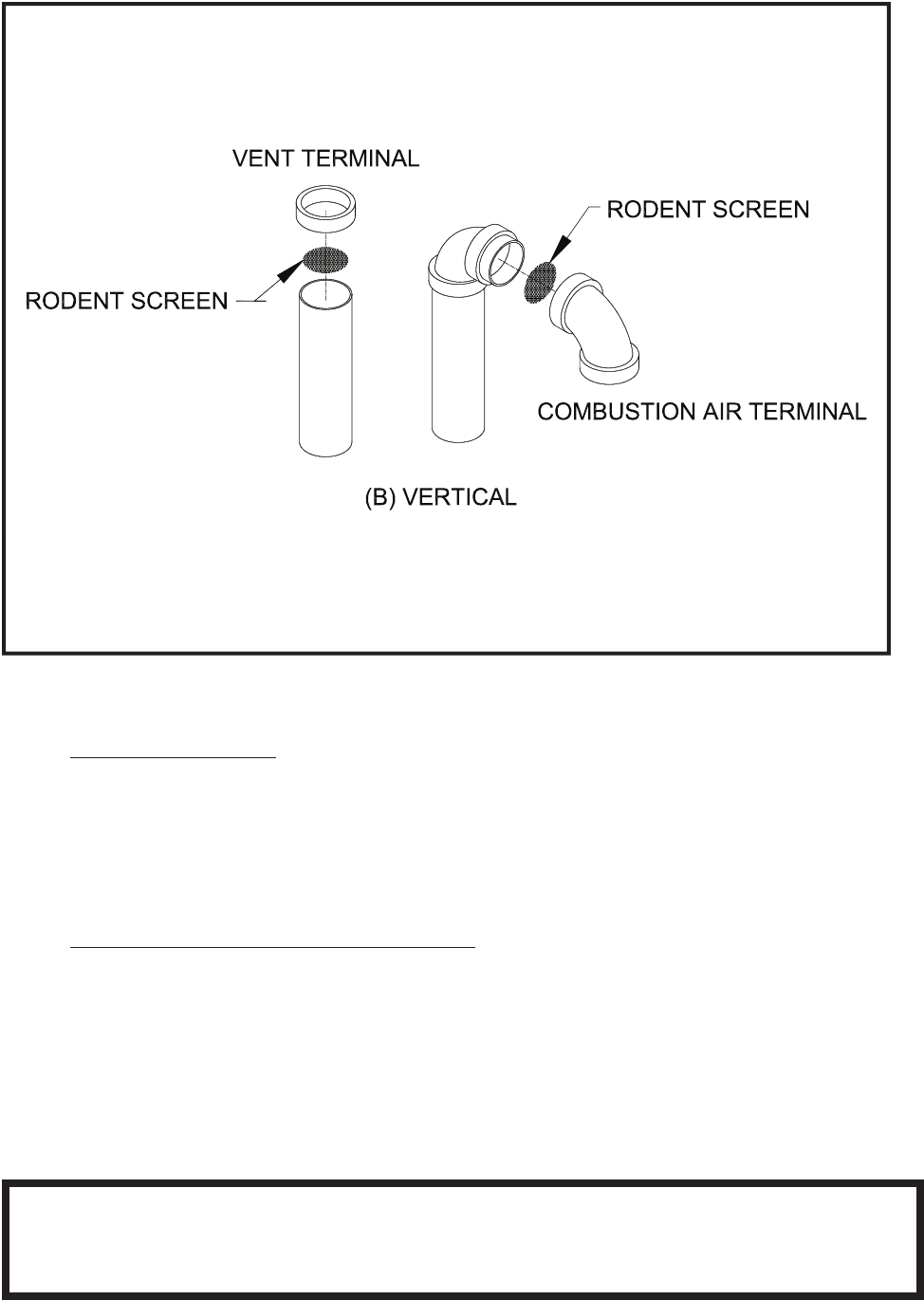
16
17
Installation of Standard Terminals:4.
Horizontal (Tee Terminals):
When using Tee terminals, the inside edge of the run of the Tee must be between 6 and 24” from the wall. a.
The run of the Tee must be vertical. (Figure 1.19). b.
If desired, the Tees can be attached to the end of the vent and/or intake pipes with eld supplied stainless c.
steel screws so that they can be later removed for cleaning and inspection. If this is done, drill a clearance
hole in the Tee and a tap hole in the end of the vent/intake pipes to accept these screws.
If Tee terminals are installed on snorkels, assemble the snorkels as shown in Figure 1.10. Brace the vertical d.
run of piping on the building exterior as required.
Vertical (Coupling on Exhaust, 180 Elbow on Intake):
See Figure 1.20a. for the proper orientation of twin pipe vertical terminals.
The coupling is used to secure the rodent screen to the end of the vent pipe. b.
A 180 bend (or two 90 elbows) are installed on the top of the air intake pipe. If two 90 elbows are used, c.
the rodent screen provided can be installed between them (Figure 1.20). If a 180 bend is used, install the
rodent screen in the open side of the bend, using a ring made of PVC pipe. (Figure 1.20). If desired, the
termination ttings can be attached to the end of the vent and/or intake pipes with eld supplied stainless
steel screws so that they can be later removed for cleaning and inspection. If this is done, drill a clearance
hole in these ttings and a tap hole in the end of the vent/intake pipes to accept these screws.
Use roof ashings and storm collars to prevent moisture from entering the building. Seal the roof ashing d.
to the roof using generally accepted practice for the type of roof on the installation. Apply RTV to seal the
storm collars to the vent and intake pipes.
FIGURE 1.20: INSTALLATION OF STANDARD VERTICAL TERMINALS
WARNING
Method of securing and sealing terminals to the outside wall must not restrain the expansion of vent pipe.



